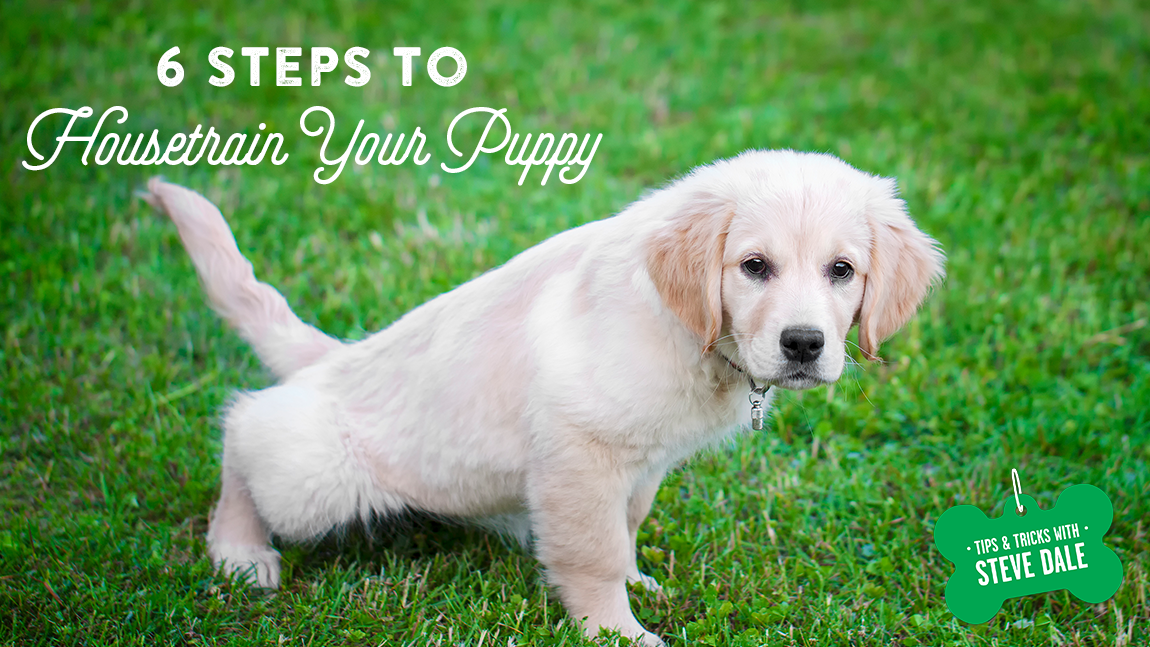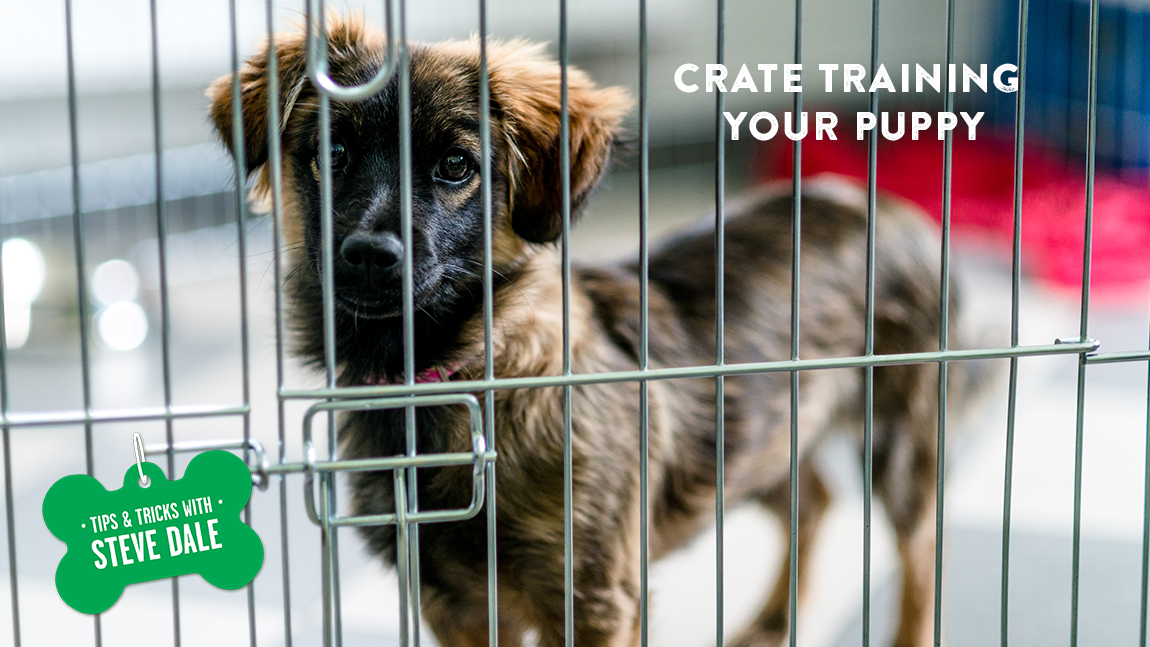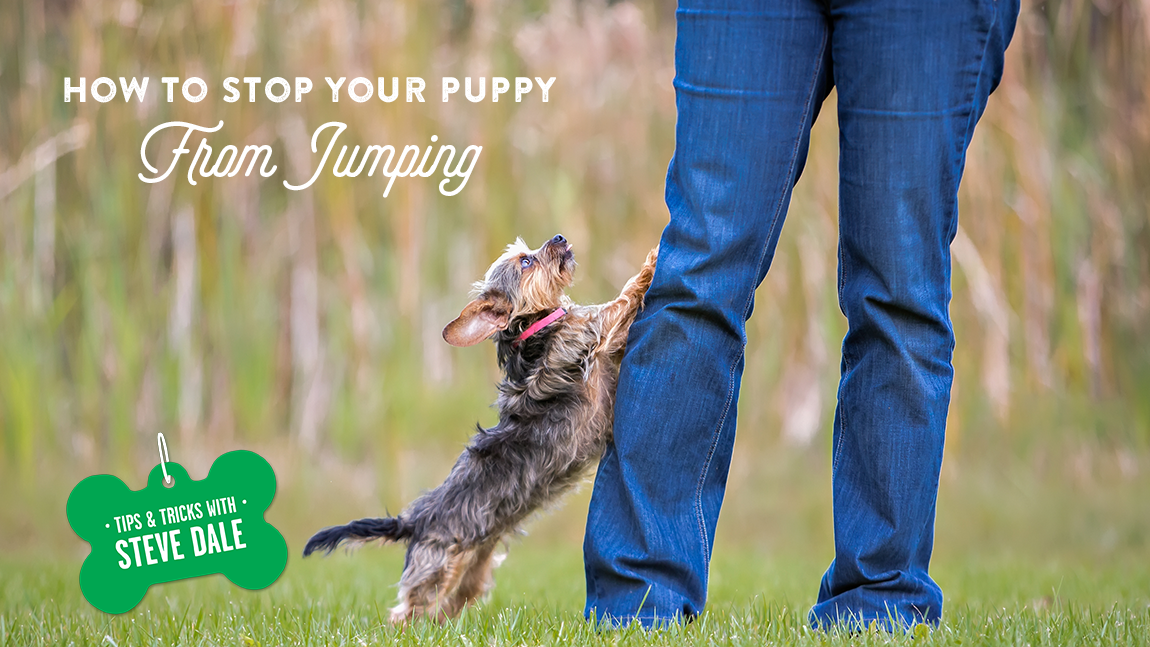By Steve Dale
If you ask certified professional dog trainer Yvonne Feeney: You can absolutely house-train any dog.
Dogs do well living with us side-by-side in our homes for a long list of reasons. Arguably most important is their ability to learn right from wrong. For example, relieving themselves on the kitchen floor is not acceptable. Dogs can be taught to do their business outdoors or, in some instances, in a litter box.
As dogs age, however, illness or changes in cognitive function may occur, and some begin to have accidents inside. Plus, puppies who can’t be house trained right away may have a difficult time finding a permanent home. But Feeney reiterates, “They can be house trained.”
It‘s true that some dogs seem to have read the handbook and are pretty much instant house-training success stories. Others (most notably small dogs) are more challenging to train.
Despite what some pet owners might think, dogs never go to the bathroom in the house to be spiteful. Unfortunately, antiquated training techniques persist, such as smacking a dog with a rolled up newspaper because she knows better.
Author and legendary dog trainer Dr. Ian Dunbar says, “If you think that way, do take a newspaper, roll it up, and smack yourself in the head. Dogs don’t have accidents to make us angry.”
Here are six easy steps on house-training puppies:
- Take the puppy outside often. Young puppies simply don’t yet have physiological bladder control. It’s a safe bet they need to go after waking from a nap, after playtime, after drinking water, or when excited (such as when a family member has come home).
- Take your pup to the same spot each time. That place becomes the dog’s toilet.
- Witness the act. Always accompany your dog – the pup should be on leash so he can’t leave your view, which could lead to you thinking he did his business when he actually didn’t.
- It’s business, not play. If you’re pretty sure your pup has gotta go and he ends up only sniffing or playing with leaves, take him back inside the house. Understand that you now have a loaded weapon. Tether the dog to you, so he can’t have an accident behind the sofa. When your puppy begins to circle, scoop him up immediately and take him back outside.
- Reward the act. When your puppy does his business, celebrate with a special treat, such as Vita Bone® Trainers, and tons of praise. Do wait until your dog is finished before celebrating, but don’t wait more than five seconds afterward. Also, as the dog is doing what he is supposed to do, say, “Good potty,” which can ultimately be used as a cue to tell your dog when to go (if it’s raining or snowing, this comes in hand).
- Play after potty. Immediately after your puppy has relieved himself, it’s time to play. The play session can be as little as 60 seconds if you’re in a hurry. This prevents dogs from taking forever to go because they figure out that they have to go back inside the house after they do their business.
Feeney likes the idea of a freedom schedule. “Set a timer, maybe on your smart phone, to understand how long the dog is playing outside the crate so he has freedom, but then know when that timer goes off, the puppy needs to go.”
Some people want a perfect puppy and are determined to have no accidents. That’s not necessarily a realistic goal, says Dunbar. “Most of the time, when puppies have accidents, we’ve made a mistake.”


